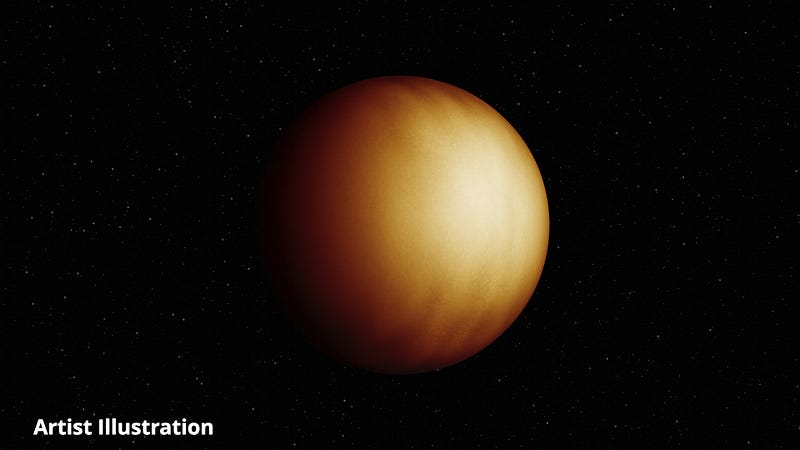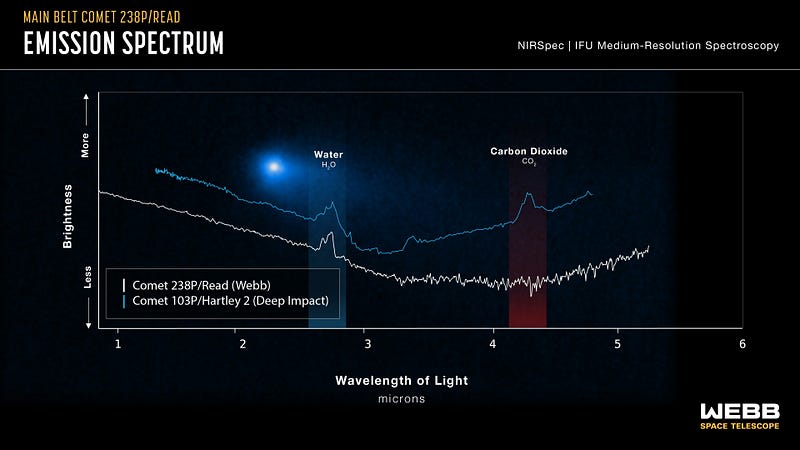# The Transformative Power of the James Webb Space Telescope
Written on
Chapter 1: The Impact of Scientific Innovation
The pursuit of knowledge for its own sake can lead to monumental changes in our world, just as it has in the past.

This piece is part of the #UnfoldTheUniverse art campaign by Camilo Nascimento, drawing inspiration from the 2022 #Spacetober prompt focused on the James Webb Space Telescope.
The invention of the printing press stands as a pivotal advancement in human technology. It dramatically transformed how information was shared, leading to a significant increase in knowledge dissemination and, ultimately, the democratization of education.
Around the mid-15th century, Johannes Gutenberg, a German goldsmith and innovator, perfected the printing press. While he built on existing technologies such as movable type, his key innovations distinguished his design from earlier attempts.
Although Gutenberg’s printing press revolutionized the world, its effects were not immediate. Historical records provide limited data on literacy rates during this period, but it is estimated that only about 5% to 30% of the European population could read and write while Gutenberg was innovating. In contrast, today’s global literacy rate for individuals aged 15 and older is approximately 86.3%, with many European nations reaching around 96%.
Similarly, the invention of the internal combustion engine marks another extraordinary milestone in human progress. This engine transforms the chemical energy in fuel into mechanical work by igniting a mixture of fuel and air within a combustion chamber.
Nikolaus Otto, a German engineer, is often credited with this invention, having introduced the first commercially successful four-stroke internal combustion engine in 1867. Otto's design laid the groundwork for modern engines used in various vehicles, forever changing transportation and influencing industrialization.
Like the printing press, the internal combustion engine altered the course of history, but not overnight. Most individuals in the mid-15th century had no idea they were living through a transformative era, just as those in 1867 were likely unaware of the significant changes to come.
The printing press and the internal combustion engine represent two monumental advancements in human scientific endeavors since the inception of writing. While historians may debate who deserves credit, both fundamentally reshaped life on Earth.
Yet, our ancestors were as oblivious to the future as many of us were in 1993.
The introduction of the Pentium processor by Intel Corporation in 1993 represents another key milestone in technological history. Its development traces back to the early 1990s, following the release of the 486 processor in the late 1980s, which was a significant upgrade from the previous 386 model. Intel recognized the need for further innovation in response to the growing demand for faster processors, leading to the creation of the Pentium project.
The Pentium processor was officially launched on March 22, 1993, but only a few noticed its significance. At that time, personal computers were not widely owned or desired. Today, however, many individuals carry powerful computing devices in their pockets.
Some may view the pursuit of scientific knowledge as frivolous or wasteful. However, history demonstrates that science—often perceived as an abstract endeavor—can enact profound change, even when its impact is not immediately evident. The printing press sparked a revolution; the Segway did not.
The James Webb Space Telescope, launched on December 25, 2022, may be dismissed by some as an extravagant piece of equipment destined to become space debris. Critics may question the value of NASA’s work. But is it really without merit?
Enhancing our comprehension of the universe and the myriad inventions that have led us to this point might yield unforeseen advancements.
Most people do not envision commercial space travel or aspire to inhabit distant planets. However, what if we could uncover the secrets of hidden water right here at home?

NASA recently reported that the James Webb Space Telescope analyzed the atmosphere of WASP-18b, an ultra-hot gas giant exoplanet ten times the mass of Jupiter. Despite its scorching temperatures of nearly 5,000 degrees Fahrenheit (2,700 degrees Celsius), the telescope detected small amounts of atmospheric water.
WASP-18b orbits its star in just 23 hours, remaining tidally locked, meaning one side perpetually faces its star.

NASA proudly announced the James Webb Space Telescope's first detection of water vapor around a rare type of comet in the main asteroid belt. This discovery suggests that water from the early solar system may persist as ice, offering insights into Earth's water origins.
Understanding the distribution of water in our solar system may help scientists investigate other planetary systems and their potential to host Earth-like planets. As global population projections reach 8.5 billion by 2030, the discoveries made by Webb today could ensure future generations have access to clean drinking water.
This is a practical goal we can all support.
The first video, "Building the Cosmic Eye: The Journey of the James Webb Telescope," illustrates the incredible journey and technical achievements behind the James Webb Space Telescope.
The second video, "James Webb Space Telescope's Discoveries 2 Years Since Launch," highlights groundbreaking findings made by the telescope since its launch, showcasing its impact on our understanding of the universe.
(contributing writer, Brooke Bell)